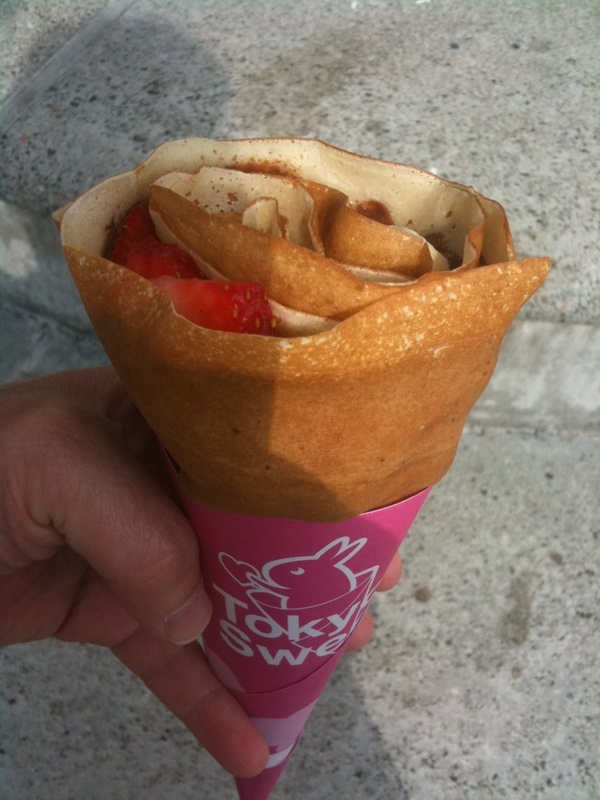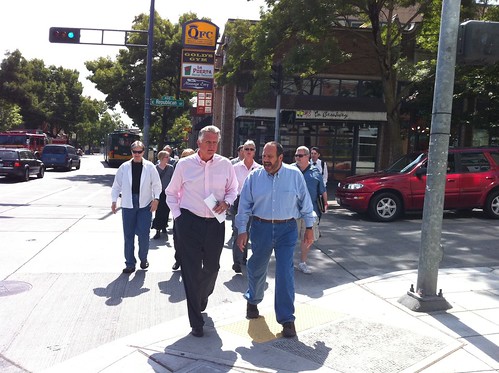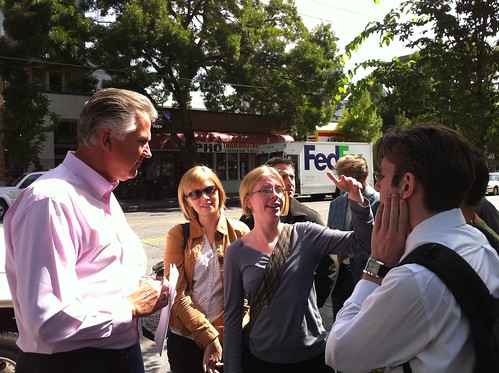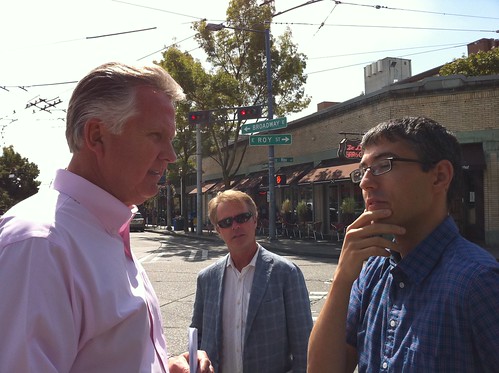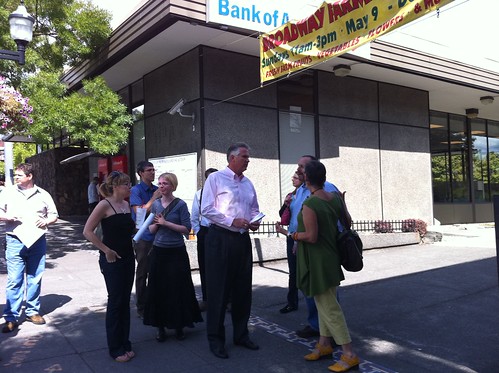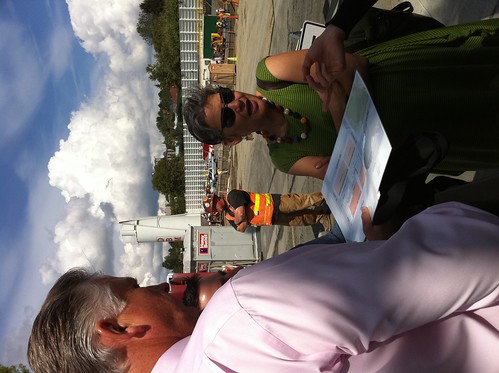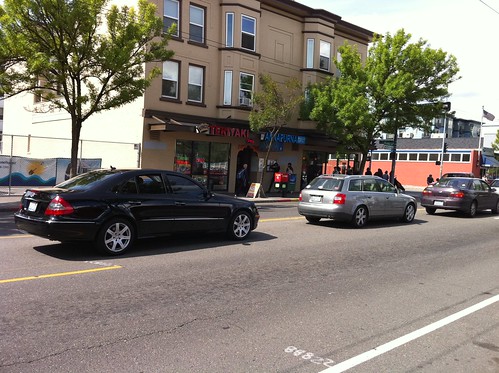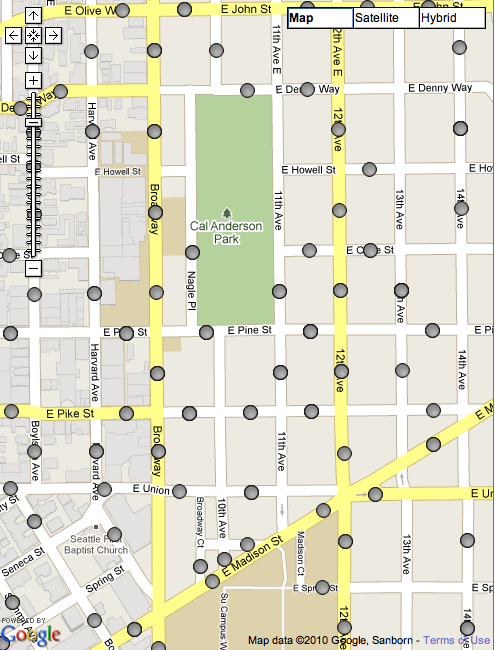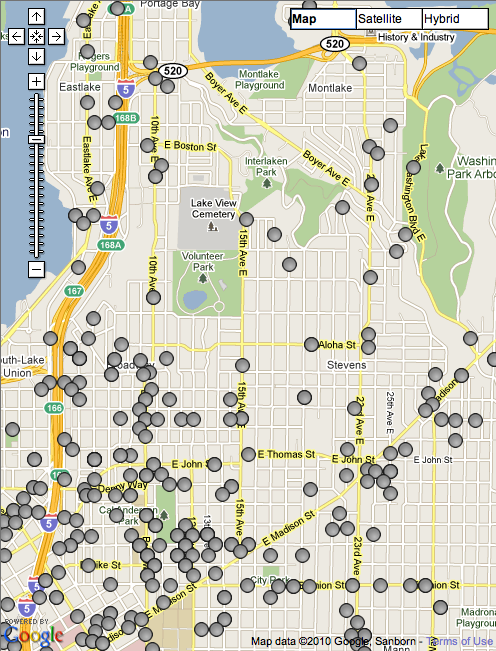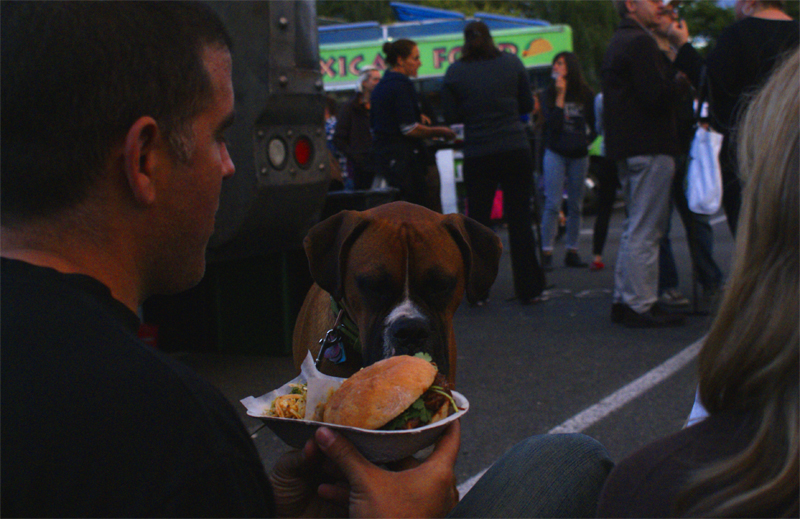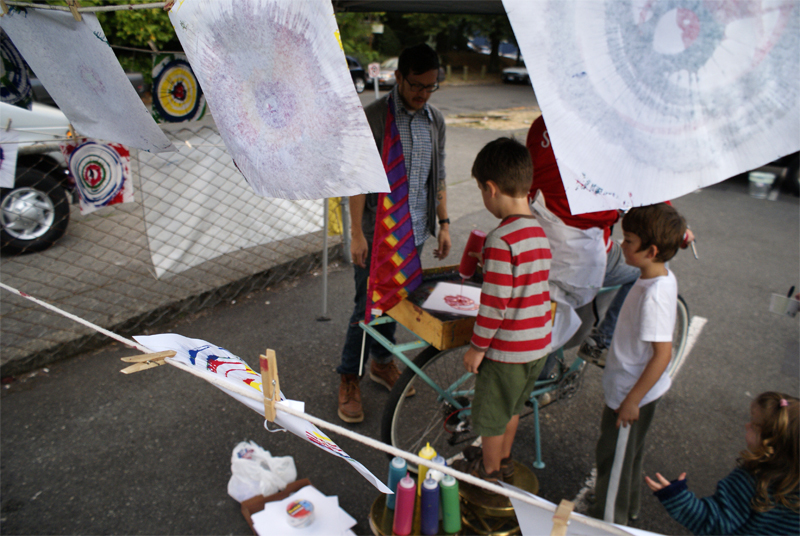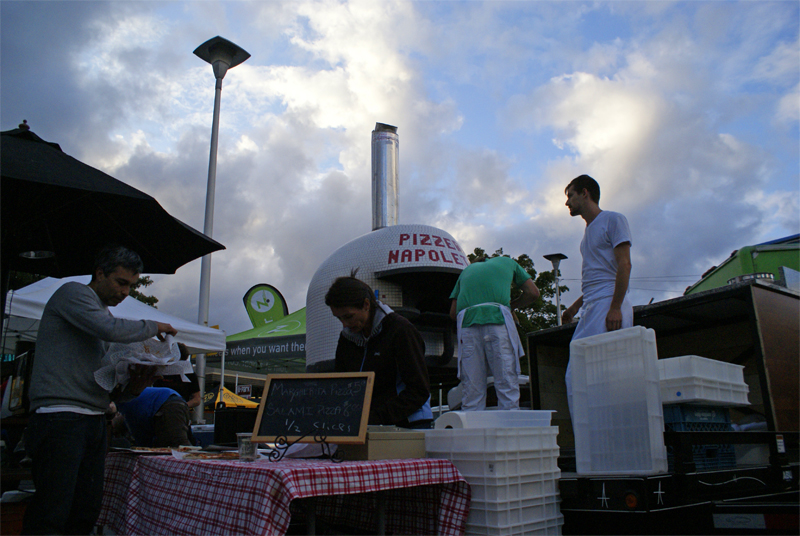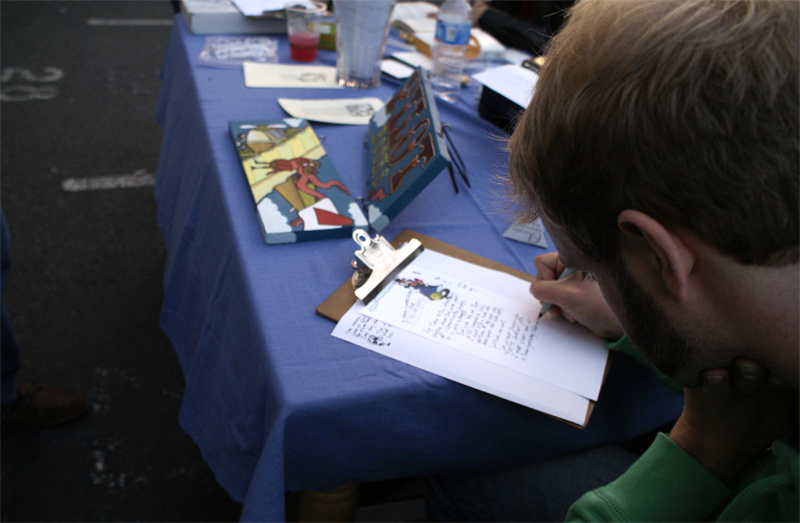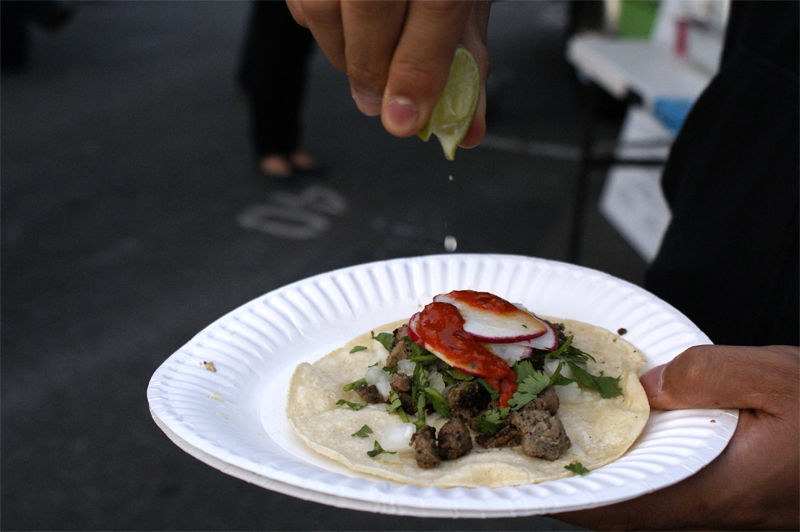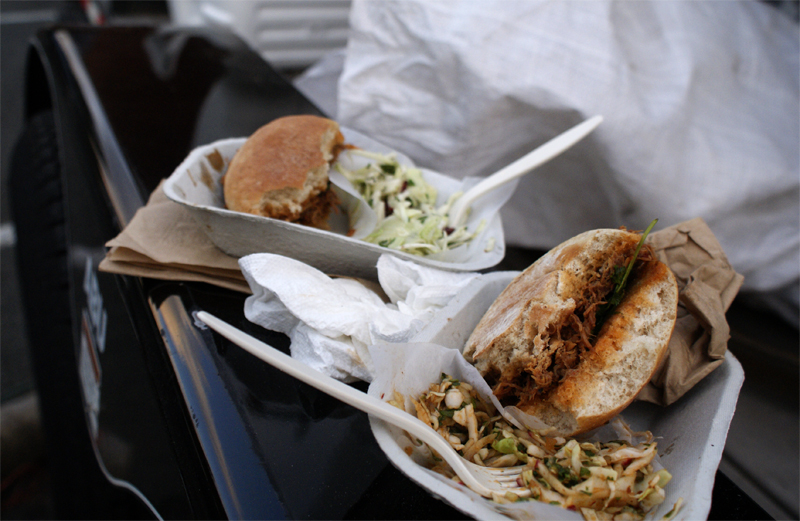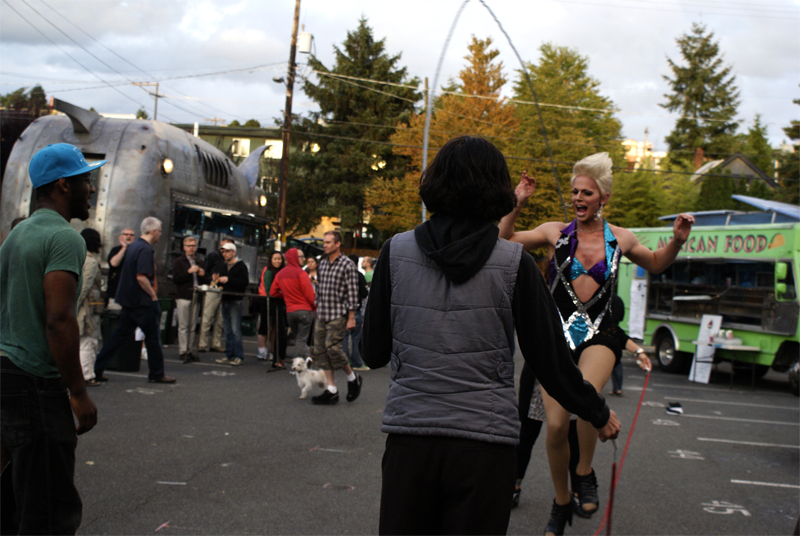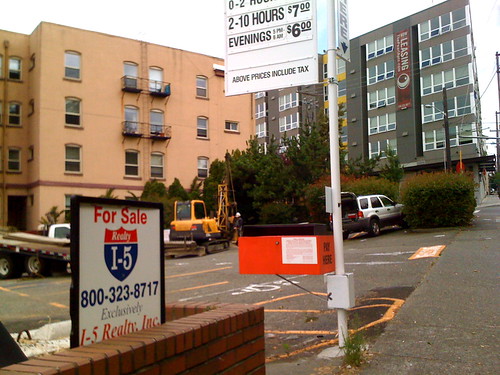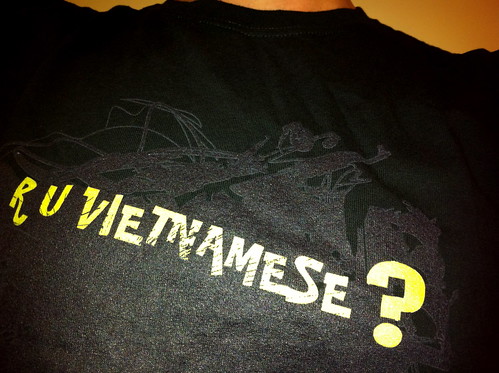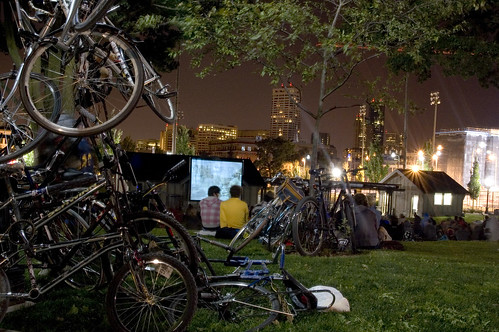Our coverage last week of the Seattle Department of Transportation project to repair the sidewalk along one side of 19th Ave East turned out to be more controversial than we thought. Here is a sampling of comments on the post:
What’s not said is that two mature trees were killed and removed — one in the pictured area, one a couple houses north. That doesn’t jive with the city’s (appropriate) push to increase it’s canopy cover. I’d have accepted the chance of more bumps in 30 years.
Also lost in the other direction were two blooming magnolias planted about a year and a half ago, as well as their two planting beds full of flowers, now paved. About 50 square feet of surface went impermeable (thanks for another move in the wrong direction, Seattle), and that corner is now completely bare and dead. Even if (unknown) the owner was compensated, it’s another bite out of the neighborhood.
I thought that property owners were responsible for maintaining the sidewalks in front of their properties and that the City could force them into making repairs?
There were enough questions about the project that we wanted to give Liz Ellis, manager of SDOT’s sidewalk repair program, a chance to respond:
Dear readers:
I coordinate the Sidewalk Safety Repair program at SDOT spending your Bridging the Gap tax dollars to get as many sidewalks repaired as possible within the program’s nine-year funding life.
19th Ave E has a couple of blocks with an unusually wide street right of way on the west side of the street. SDOT worked with both neighboring property owners to relocate landscaping that that was in place before work started. Yes, three magnolia trees came out from in front of 501 that were planted just back of sidewalk without a permit. These trees need more room and were relocated to private property. Two other trees were removed. One was a volunteer Cherry also within the right of way that the resident remembers mowing over many years ago and then it took off. A huge root from this tree was lifting the sidewalk just south of the bus stop and was right across the sidewalk from a young hornbeam street tree. Given how narrow the sidewalk space is there, it will likely be necessary to remove the hornbeam when it outgrows that spot.
If you have other questions or concerns about sidewalk safety, please contact me at either 206-233-2768 or by email, [email protected]
We also asked Ellis why the landowners aren’t on the hook for the trees that damaged the 19th Ave sidewalk in the first place. Ellis said they weren’t their trees:
Property owners are on the hook for sidewalk repair when sidewalk damage is caused by a privately maintained tree either in the planting strip or on private property. The hornbeam street trees causing the sidewalk damage at this site are maintained by SDOT Urban Forestry.
There you go. Responsive government in action, answering your questions and taking responsibility for their hornbeam street trees.





